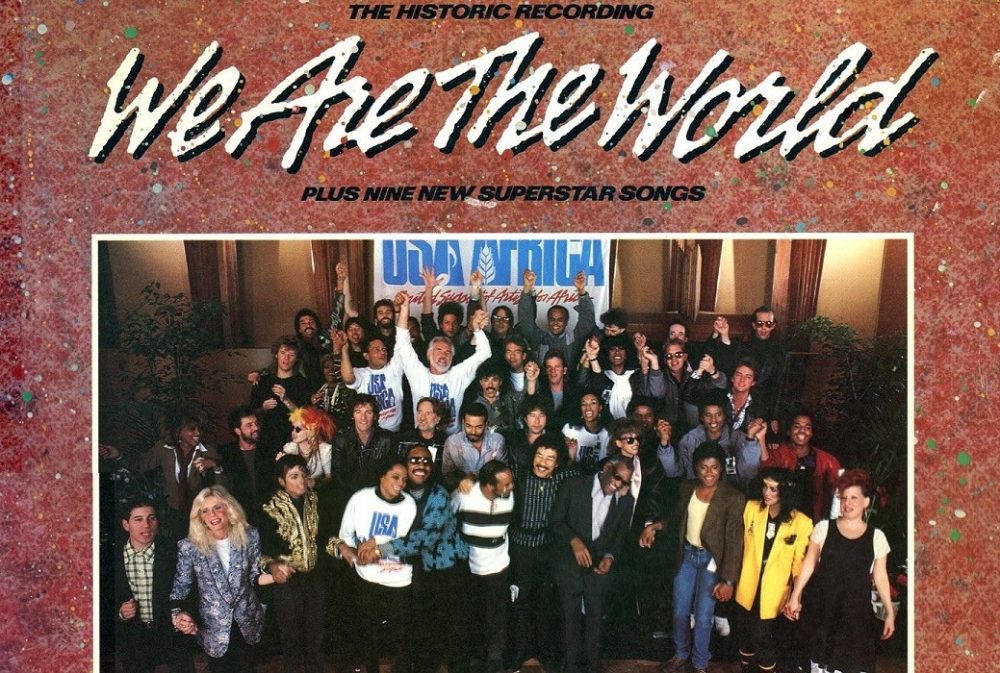Lerner’s piece The Grocer and the Chief offers a glimpse of the modernization of the non western world. What distinguishes this story from the same modernization of the west is that traditional values are were more present during the modernizing transition in the east than they were in the west. Here in the beginning of Lerner’s piece the Chief or head of the, then pre-modernized, village of Balgat is said to hold most close to him steadfast personal/moral values of “obedience, courage, and loyalty” and disperse them to his constituents. In the west, traditional moral values such as those aforementioned had already started to be contested, starting with the more radical parts of the enlightenment, the revolutions of America and France and then culminating, albeit after much of the modernizing had already occurred, with the first world war. Lerner being of the west comes in with an attitude that denounces the significance of the old world core values that the unmodernized village exhibits and operates by. By doing this he does not notice what the village is leaving behind in its modernization. While the village is evolving, every aspect of its evolution isn’t necessarily positive. By using the yardstick of the Western timeline Lerner reduces the Modernization of Baglat into the simplest terms of binary which decreases the amount and level of insight and analysis that can be undergone relating to the phenomenon.
Introduction to Comparative Politics: Nationalism, Ideology, and State Power
Professor Shervin Malekzadeh

I’m amazed by this article, thank you for sharing it. The free Latest test C1000-132 collection materials test materials are available for all. Good luck!
ITDumpsKR를 선택함으로 여러분은 Cisco 인증700-695시험에 대한 부담은 사라질 것입니다.우리 ITDumpsKR는 끊임없는 업데이트로 항상 최신버전의 Cisco 인증700-695시험덤프임을 보장해드립니다.만약 덤프품질을 확인하고 싶다면ITDumpsKR 에서 무료로 제공되는Cisco 인증700-695덤프의 일부분 문제를 체험하시면 됩니다.ITDumpsKR 는 100%의 보장도를 자랑하며Cisco 인증700-695시험을 한번에 패스하도록 도와드립니다.
I appreciate your article, it was so refreshing and insightful. AI-900 latest test tutorial offers outstanding content, all for free.
I’ve learned many valuable experiences from this article. Good luck on your exams! Here are the free New CFE test cram pdf questions for you.
This article is incredibly inspiring, thank you for sharing! Almost time to face the Reliable C_THR82_2405 test pattern exam. Wish me good luck!
Es ist Ihnen weis, DeutschPrüfung zu wählen, um die HP HPE0-V19 Zertifizierungsprüfung zu bestehen. Sie können im Internet die Fragenkataloge zur HP HPE0-V19 Zertifizierungsprüfung von DeutschPrüfung teilweise kostenlos herunterladen. Dann werden Sie mehr Vertrauen in unsere Produkte haben. Sie können sich dann gut auf Ihre HP HPE0-V19 Zertifizierungsprüfung vorbereiten. Für den Durchfall in der Prüfung, zahlen wir Ihnen die gesammte Summe zurück.
This article is really amazing, and I’ve learned a lot from it. Free 350-401 accurate prep material exam questions are available to help you. Best of luck with your exams!
Thank you for sharing this breathtaking article, it’s truly amazing! With this Valid 306-300 test pattern, I earned my promotion and salary boost. It’s free for everyone now. Wishing you all success in your career advancement!
This article is remarkable, thank you for sharing it with me. Good luck with your exam! Here are the free Latest study guide ITIL-DSV ebook materials.
Thank you for sharing; the article is truly stunning! The Test AZ-140 sims content is highly informative, and it’s offered at no cost.
That article was a goldmine of information. I secured a promotion and salary boost with the Question C_ABAPD_2309 explanations. Now, it’s free for all. Wishing you all success and career growth!
This content is fantastic; I’m hitting like without a second thought. Preparing myself mentally for the D-GAI-F-01 reliable test collection materials exam. Wish me good luck!
Straight to the like button, this content is fantastic. Valid SPS dumps demo has great content, and it’s provided to you without any fees.
After reading this article, my understanding of the field has become more comprehensive. The PHRca new test camp sheet test questions are free, and they’re the key to your next promotion!
That article was a goldmine of information. C_SAC_2415 new test collection materials exam materials are the secret to promotion and salary increases—available for free!
Thank you for sharing such a motivational article! Ready for the 303-300 download fee exam? Let’s hope I pass it with ease!
Your article made such an impression on me, I’m deeply appreciative. Upgrade your IT skills with free Reliable test E_S4CPE_2405 questions pdf. Best wishes for your success!
PassTestは毎日24時間オンラインに顧客に対してサービスを提供するアフターサービスはとても良いサイトでございます。最新なFCP_FCT_AD-7.2情報を1年間に無料にアップデートしております。少ないお金をかかって、一回に合格しましょう。PassTestの問題集は最大のお得だね!
This article is incredibly thought-provoking, I appreciate you sharing it! Ready to tackle the HPE0-G03 exam objectives pdf exam. Wishing for good results!
This article is phenomenal, I’m grateful for your sharing. Sharing the Valid CIS-SP exam testking test that was a key factor in my promotion and salary increase. It’s free for you today—hope you achieve your professional dreams!
That article made me think deeply about things. Excited but nervous for the PRINCE2-Foundation exam bible exam. Hope I ace it!
This article gave me new motivation, thank you for sharing! Ready for the Test TCA-C01 Questions exam – hope I pass with flying colors!
The article is very content-rich and has given me many practical insights. Free CWSP-207 practice test pdf exam papers shared here. Best of luck in your exam!